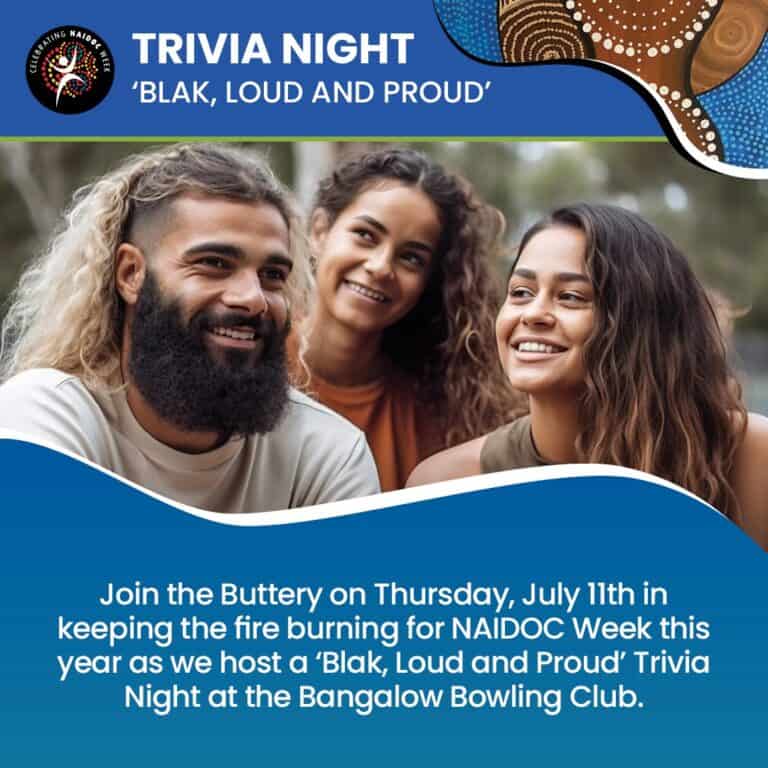The mental health organisation, beyondblue defines anxiety as follows:
“Anxiety is more than just feeling stressed or worried. While stress and anxious feelings are a common response to a situation where a person feels under pressure, it usually passes once the stressful situation has passed, or ‘stressor’ is removed.
Anxiety is when these anxious feelings don’t subside. Anxiety is when they are ongoing and exist without any particular reason or cause. It’s a serious condition that makes it hard for a person to cope with daily life. We all feel anxious from time to time, but for a person experiencing anxiety; these feelings cannot be easily controlled.”
Anxiety Symptoms
Anxiety can be a normal part of life. Normal anxiety is generally limited in time and linked with a stressful situation, such as making a speech or taking an exam.
People with symptoms of anxiety tend to experience anxiety more frequently or persistently and it is not directly linked to a challenging situation or event. This kind of anxiety impacts on a person’s day-to-day functioning and can be very debilitating.
While everyone experiences anxiety in their own way, common symptoms of anxiety can include:
Behavioural – you avoid situations that make you feel anxious and this can impact on your work, study or social interactions.
Psychological – excessive worry, obsessive thinking and/or catastrophizing.
Physical – racing heart, tightening of chest muscles, sweating, fast breathing, panic attacks and overwhelming sense of being wound-up or on edge.
Broadly, five types of anxiety have been identified, although there is a crossover between the various types.
Panic disorder: is characterised by often uncontrollable feelings of intense anxiety combined with physical symptoms. These can include chest pain, shortness of breath, and sweating.
Obsessive compulsive disorder (OCD): people have continuing unwanted thoughts and fears which cause anxiety. Sometimes people are fearful of a lack of cleanliness and can wash their hands obsessively. Others are afraid of burglaries and compulsively and repeatedly check locks on windows and doors.
Post traumatic Stress Disorder (PTSD): After experiencing a traumatic event such as a crime or accident, PTSD can occur. Difficulty unwinding or relaxing, disturbed sleep and/or flashbacks to the event can be symptoms of PTSD.
Social phobia: can be manifest in a person having an intense fear of being humiliated or ridiculed in public. This can include a fear of everyday situations such as speaking in a group or challenging others in an assertive way.
Phobias: can take many forms and are characterised by an irrational and disproportionate fear of certain situations or things: for example fear of flying, an overwhelming fear of spiders or insects.
Self-medicating for anxiety
Research shows that a high proportion of problem alcohol or drug users self-medicate for anxiety, depression and or post traumatic stress disorder by misusing alcohol and/or drugs. (Source: Anxiety and Depression Association of America).
The Buttery Private program aims to directly address the root causes of anxiety and acknowledges the tendency of people suffering from forms of anxiety to self- medicate.
The program can help people address and manage anxiety by helping individuals recognise the triggers for anxiety. People are assisted in developing their own strategies, such as practising relaxation techniques or mindfulness to minimise the negative effects of anxiety.
The aim of this simple checklist below (known as the Kessler 10) is to measure whether a person may have been affected by depression and anxiety during the past four weeks. The higher the score, the more likely a person experiencing depression and/or anxiety.
Depression and anxiety symptoms checklist (K10)
If you have an enquiry about anxiety, please complete the form below or call 02 6687 1111


